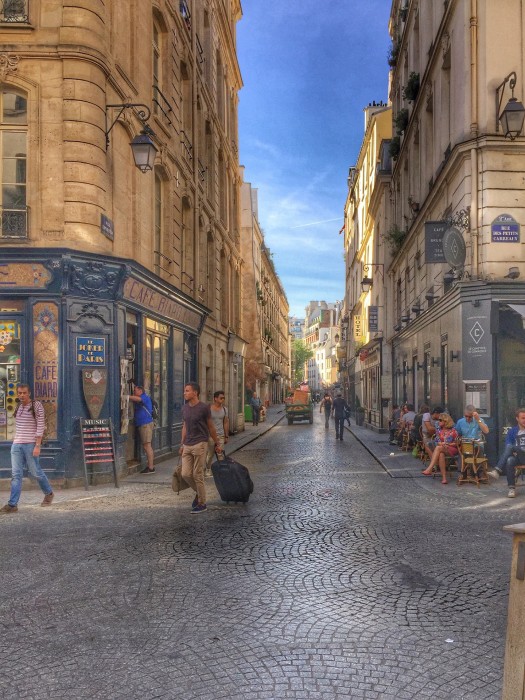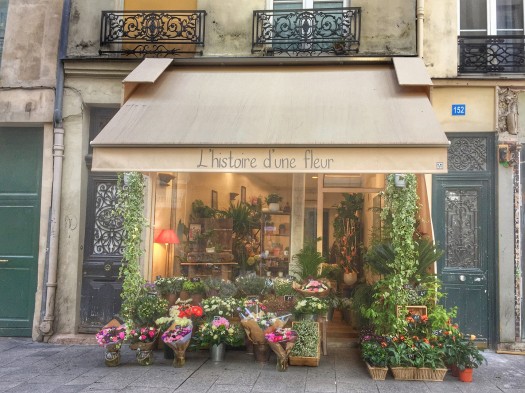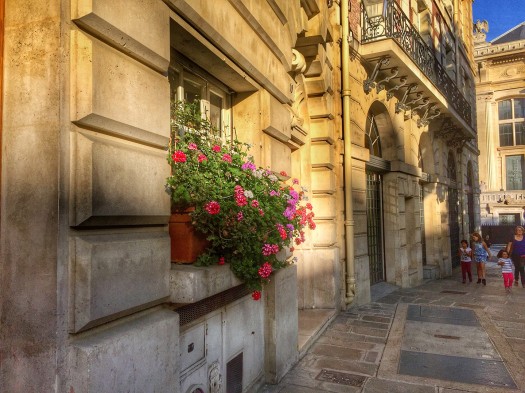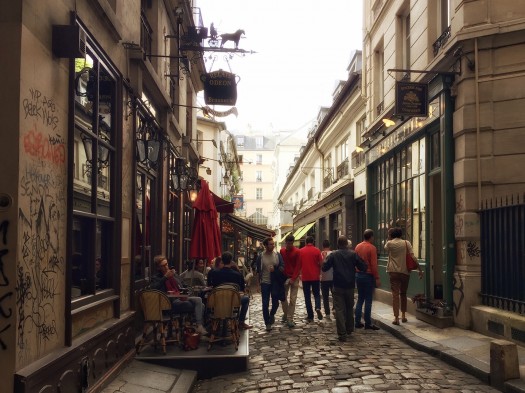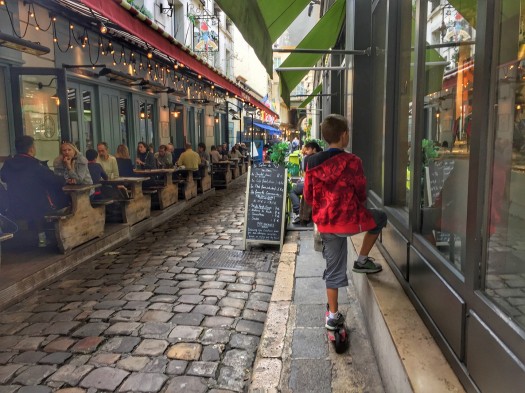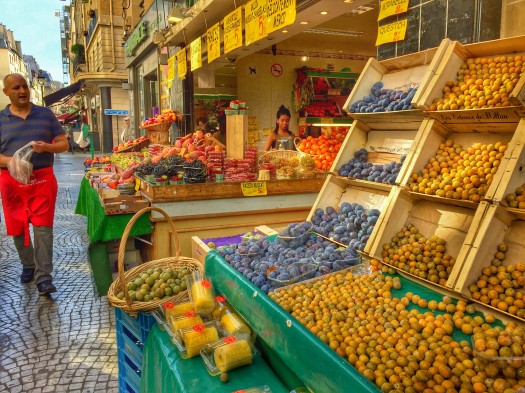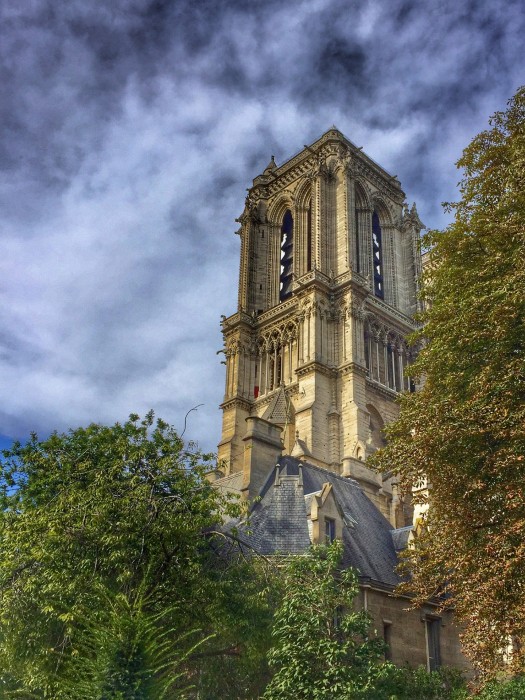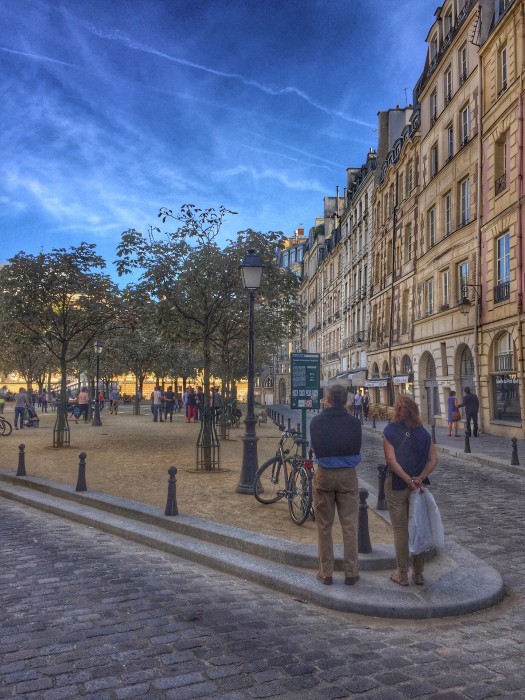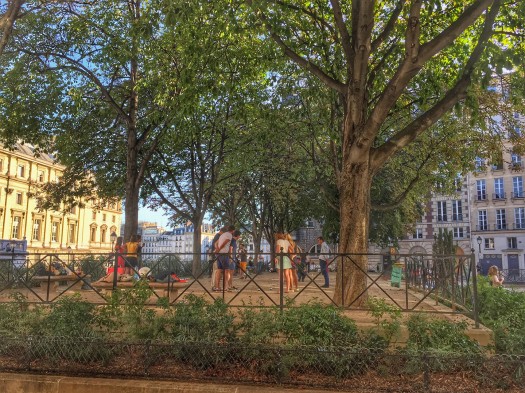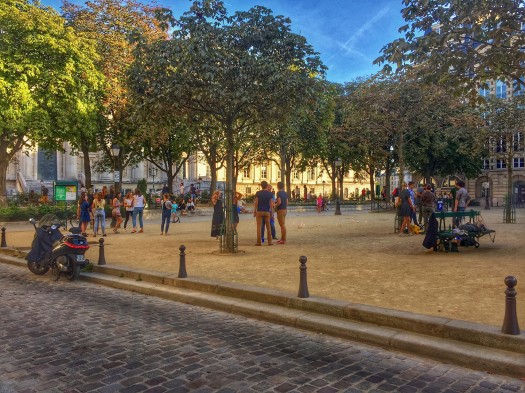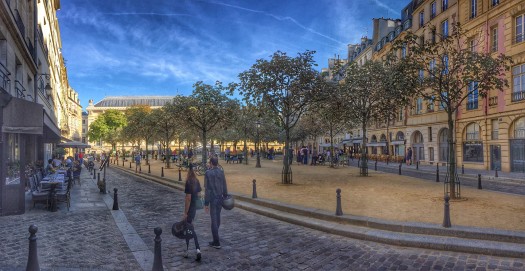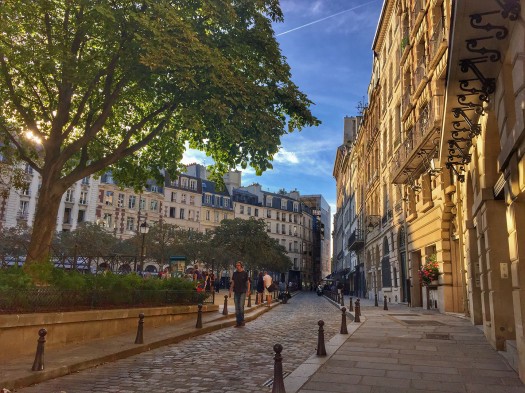A Placemaking Journal
The Trifecta: Urbanism, architecture, and nature
We often blog on the benefits of nature integrated into urbanism and wellbeing outcomes of walkability. The real trifecta is when walkable urbanism, human-scale architecture, and nature come together via placemaking. A recent study from the University of Warwick points out that a scenic view delivers equal health benefits to access to nature: “Cohesion of architecture and design boosts people’s health and happiness, not just the number of parks and trees.”
We’ve discussed how walkability isn’t just about the streets and buildings, but rather about the experience. And some of the details of urban design that make for great plazas, squares, and people places. As well as why our zoning laws usually fail to deliver these immersive environments.
Today, I’m looking to one of the world’s most walkable cities – Paris – and what her streets have to teach about urbanism, architecture, and nature.
The active core of Paris is an anomaly in many ways, being one of the few cities where retail can thrive without onstreet parking, and where the great benefits of street trees are constrained to the grand avenues and boulevards. However, even on the skinny streets that have no room for a tree well, just the hint of green in the distance provides that “micro-restorative experience.”
Where street trees can’t fit in the skinny streets of Europe or in the increasingly popular inhabited back alleys of North America, the private realm can deliver the green, as in the retail shop and flower boxes above. This may require zoning tweaks to allow access to the sidewalk, but in many ways, that’s what placemaking and inhabiting the public realm is all about.
The two images above are Cour du Commerce Saint-André, just a tiny alley by North American standards. The architecture is, of course, Parisian and the urbanity is the tightest possible, so the tiny punctuations of private realm plants are a necessary injection of color and life. A window box on the first or second story or potted plants at the edge of a cafe satisfy our biophilia, latin for the love of living things.
But it doesn’t have to be plants — fruit and vegetables elicit that same biophilic response. This stand on Rue Montorgueil provides the multi-sensory satisfaction that may not be to the same level as “forest bathing” but certainly provides some color on a street that’s fully paved.
And who hasn’t framed the towers of Le Notre Dame through the trees planted along Promenade Maurice Carême or le square Jean XXIII? This pairing of inspirational architecture with the natural is extremely satisfying and contributes greatly to well-being.
The perfect alignment of the trifecta may be here on Place Dauphine, in the first arrondissement by Pont Neuf. The architecture is a lovely 17th century plan by Henri IV, which has been largely reconstructed over time with the same style and massing. The sense of enclosure is perhaps in the top three outdoor rooms in Paris. It is small enough to keep from being overwhelmed in crowds, and tends to be a place where Parisians play. There are enough things to do in the space to maintain interest … sipping a beverage, enjoying a meal, visiting a shop, lawn bowling, or heading home to the upper-story flats.
The plaza hits a multitude of sweet spots: eyes on the street, perfect enclosure, interesting shape, along with the softness and shade of the trees, plus the elegant historic architecture. If I need a respite in Paris, this is where I go. Even though there is no grass, the dirt and the trees make the nature intensive.
When your local traffic engineer wants to ban street trees, consider the lost value of this auto-centric tendency of not allowing trees in the “auto recovery zone” of the sidewalk. The benefits of street trees are essential to environment and society, as well as to urban form. I would advocate for a careful integration of nature on all scales of the city, from the window box to the park. At the neighborhood scale this may include squares, plazas, greens, playgrounds, parks, community food gardens, healing gardens, and parklets. These all can address sensory design, to engage all of our senses, instead of just encouraging movement through the space.
It’s ultimately good to advocate for all the things that contribute to health and happiness in the neighborhood or the city. I love the quote from the University of Warwick that emphasizes the “cohesion” of design. If this cohesion connects great urbanity, beautiful architecture, and abundant nature, this is a place that is loveable.
All photos are CreativeCommons ShareAlike License with Attribution to Susan Henderson at placemakers.com. Click any image for a larger view.
–Susan Henderson
If PlaceShakers is our soapbox, our Facebook page is where we step down, grab a drink and enjoy a little conversation. Looking for a heads-up on the latest community-building news and perspective from around the web? Click through and “Like” us and we’ll keep you in the loop.








